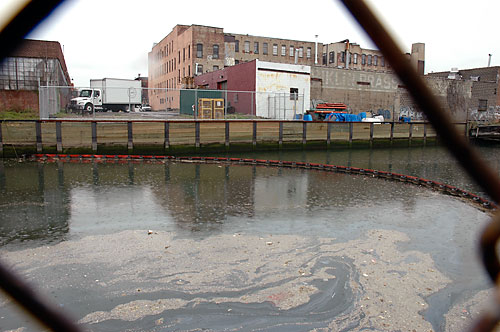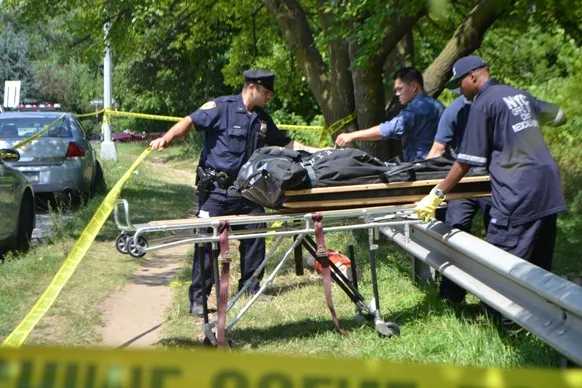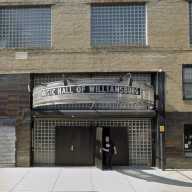The Gowanus Canal is in an unusual position of having two governments bitterly fighting for the right to clean the horribly toxic waterway — and both Mayor Bloomberg and the federal Environmental Protection Agency are upping the rhetoric with less than a week left in the public debate.
The EPA favors adding the infamous canal to its Superfund program, which was started in 1980 and has had mixed results at forcing polluters to pay for the cleanup of contaminated sites. The city says it can do the job cheaper and quicker with an untested initiative that relies on voluntary cooperation from polluters and unprecedented appropriations from Congress.
Bolstering the case for the Superfund option was an admission on Tuesday from Caswell Holloway, chief of staff to Deputy Mayor Ed Skyler, that despite the Superfund designation, the city can still proceed with $175-million of water quality improvements to meet the standards of the Clean Water Act.
Since April, when the EPA signaled it wanted to remove the toxic sediment on the floor of the canal, the city has said a Superfund cleanup might be incompatible with this work it intends to begin this fall.
This work includes modernizing a tunnel that circulates cleaner water from the Buttermilk Channel through the otherwise stagnant canal and expanding a pumping station that will reduce the amount of raw sewage dumped into the Gowanus by 34 percent.
Although Superfund won’t be as much of a hindrance as the city claimed, the mayor’s office is still pushing ahead with its alternate cleanup.
The Bloomberg administration says that those efforts to cultivate a viable option without the stigma and duration of Superfund are yielding their first fruits.
On Tuesday, Holloway said that National Grid is about to agree to share the cost of the first phase of a cleanup. The power utility is already responsible for fully funding a cleanup of three former gas plants near the Gowanus Canal.
This would be the first sign that the polluters would opt to participate in a voluntary fund to pay for environmental studies, planning and, ultimately, the necessary dredging and uplands remediation.
After months of criticism that Superfund takes too long due to lawsuits, the EPA now says it could do a full cleanup of the canal and the land that leaches pollutants into it, just as fast as the city.
“My timeline is pretty much the same — 9-1/2 years,” said Walter Mugdan, who directs the EPA’s Superfund program in New York and New Jersey said at a meeting last Tuesday in PS 32 on Hoyt Street. “There’s nothing we do that’s intrinsically different [than the city’s proposal].”
Mugdan said a Superfund-designated Gowanus Canal would get cleaner faster than ongoing cleanups of the Hudson and Passaic rivers because the Superfund program is better than it was 30 years ago.





















